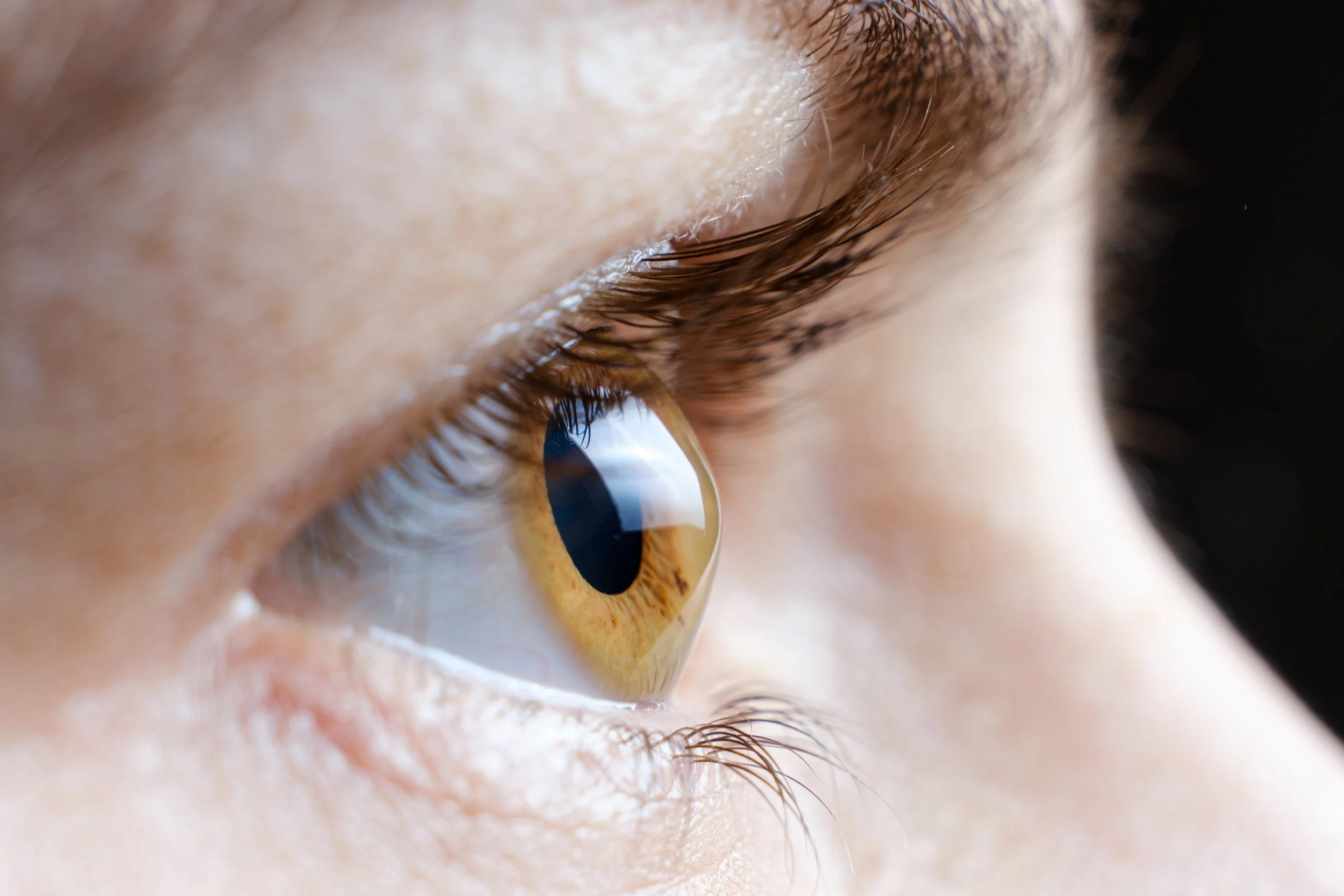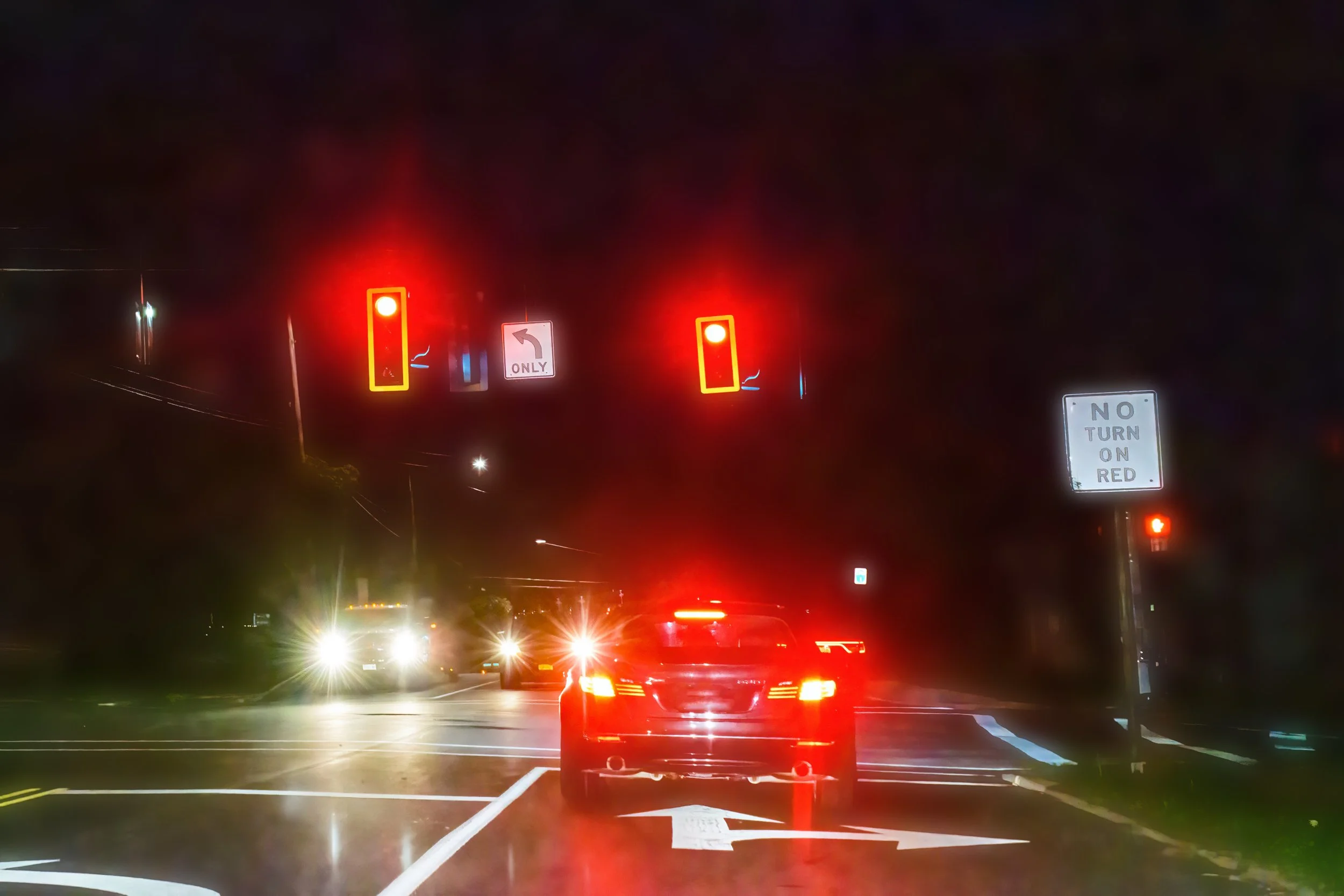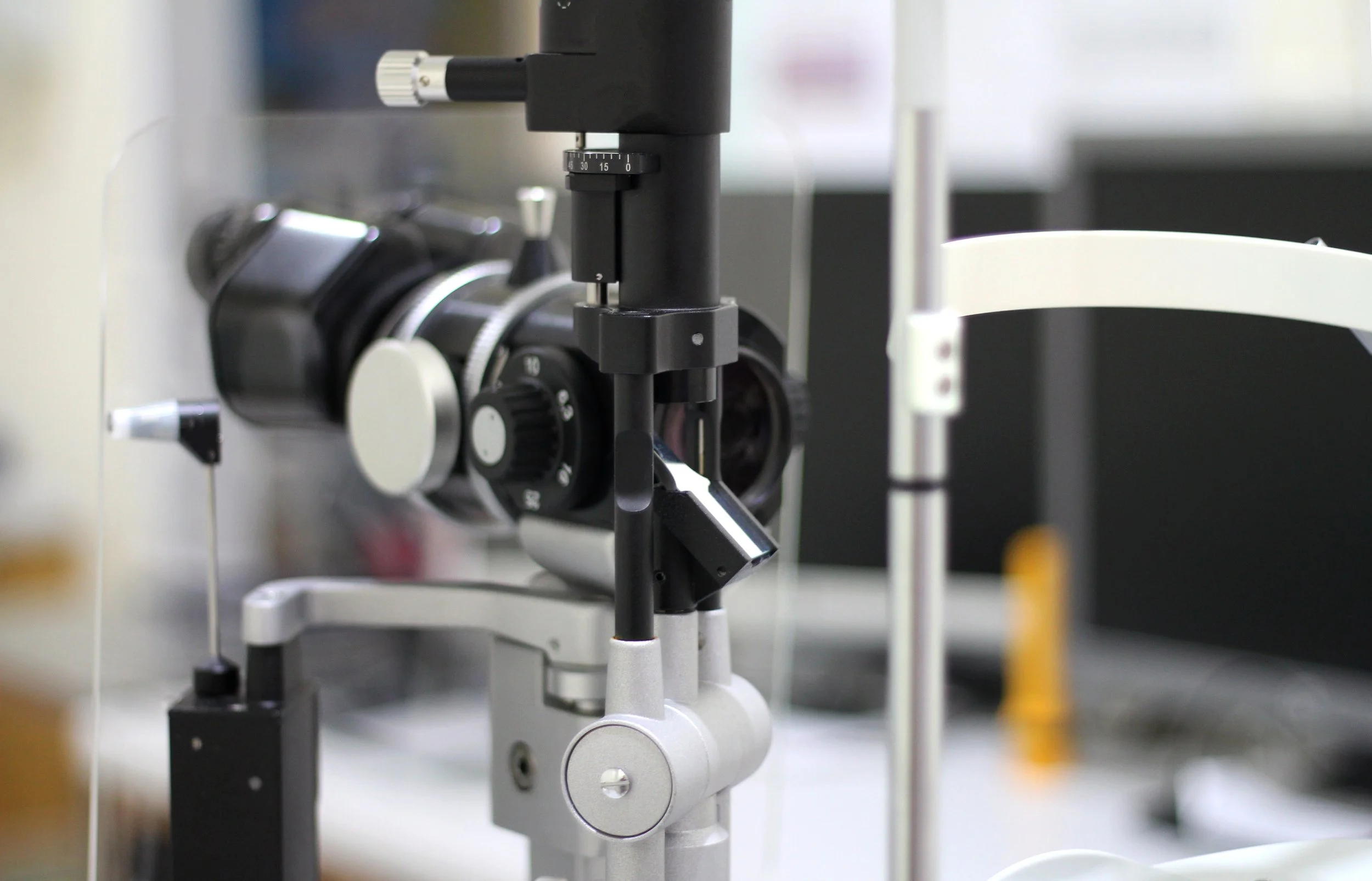Things to do and expect after Corneal Cross-linking
If you are reading this, you are either planning to have Corneal Crosslinking or have already undergone one.
Corneal Crosslinking or Corneal Collagen Crosslinking (CXL) is a minimally invasive procedure that can significantly slow the progression of certain eye conditions, including Keratoconus and Pellucid Marginal Degeneration.
After undergoing Corneal Crosslinking, following your ophthalmologist's instructions is crucial. Although the recovery process may differ from patient to patient, here are some things to expect after undergoing Collagen Crosslinking.
Rest and recovery are important.
For the first few days, you may feel discomfort, light sensitivity, and blurry vision following the procedure. During this time, rest is very vital. One should avoid strenuous activities during this recovery period, including cleaning the house, swimming, lifting weights, sports, etc.
Medications
Medications will be given to you after the procedure. These procedures may include anti-inflammatory and antibiotic drops. Carefully follow the instructions, and do not hesitate to contact your doctor with any questions.
Sometimes, your doctor may give you artificial tears to hydrate and lubricate your eyes.
Driving and Eye Protection
There is a high chance that you'll experience blurry vision and increased sensitivity to light, making driving highly dangerous. Bring someone who can drive or assist you in commuting after the Corneal Crosslinking procedure.
Bring a pair of Sunglasses. Sunglasses can help shield your eyes against Ultraviolet or UV radiation from the sun.
No rubbing
Rubbing your eyes may affect the healing process of the procedure or may worsen your condition. Therefore, it is vital to avoid rubbing your eyes. If it is allergy-related, your doctor can prescribe eye drops to help you fight the urge to rub your eyes.
Returning to normal activities
The full benefit of Corneal Crosslinking may take some time as the eye adjusts from the procedure, and it is normal for your vision to fluctuate during the healing process. Avoid activities that may lead to eye infection, for example, your eyes getting exposed to water, like a swimming pool.
If severe or worsening pain occurs, immediately contact your eye doctor.
Follow up
Your ophthalmologist will give you a series of follow-up dates. These follow-ups are the best time for your doctor to re-examine your eye and ensure the procedure is successful.
Remember, every patient's experience is different. If there is something concerning you or any questions, you must communicate this with your doctor. Although Corneal Crosslinking is essential in managing Corneal Ectasia and stabilizing eye conditions such as Keratoconus, successful recovery will depend on proper care and follow-up.


